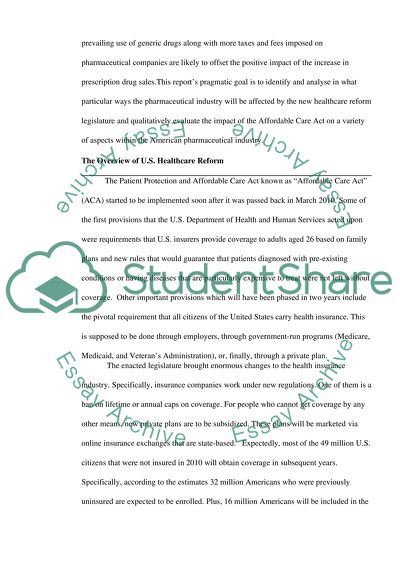Cite this document
(“Impact of Healthcare Reforms on the Pharmaceutical Industry Term Paper”, n.d.)
Impact of Healthcare Reforms on the Pharmaceutical Industry Term Paper. Retrieved from https://studentshare.org/health-sciences-medicine/1447294-pharmacutical-industry-issues
Impact of Healthcare Reforms on the Pharmaceutical Industry Term Paper. Retrieved from https://studentshare.org/health-sciences-medicine/1447294-pharmacutical-industry-issues
(Impact of Healthcare Reforms on the Pharmaceutical Industry Term Paper)
Impact of Healthcare Reforms on the Pharmaceutical Industry Term Paper. https://studentshare.org/health-sciences-medicine/1447294-pharmacutical-industry-issues.
Impact of Healthcare Reforms on the Pharmaceutical Industry Term Paper. https://studentshare.org/health-sciences-medicine/1447294-pharmacutical-industry-issues.
“Impact of Healthcare Reforms on the Pharmaceutical Industry Term Paper”, n.d. https://studentshare.org/health-sciences-medicine/1447294-pharmacutical-industry-issues.


